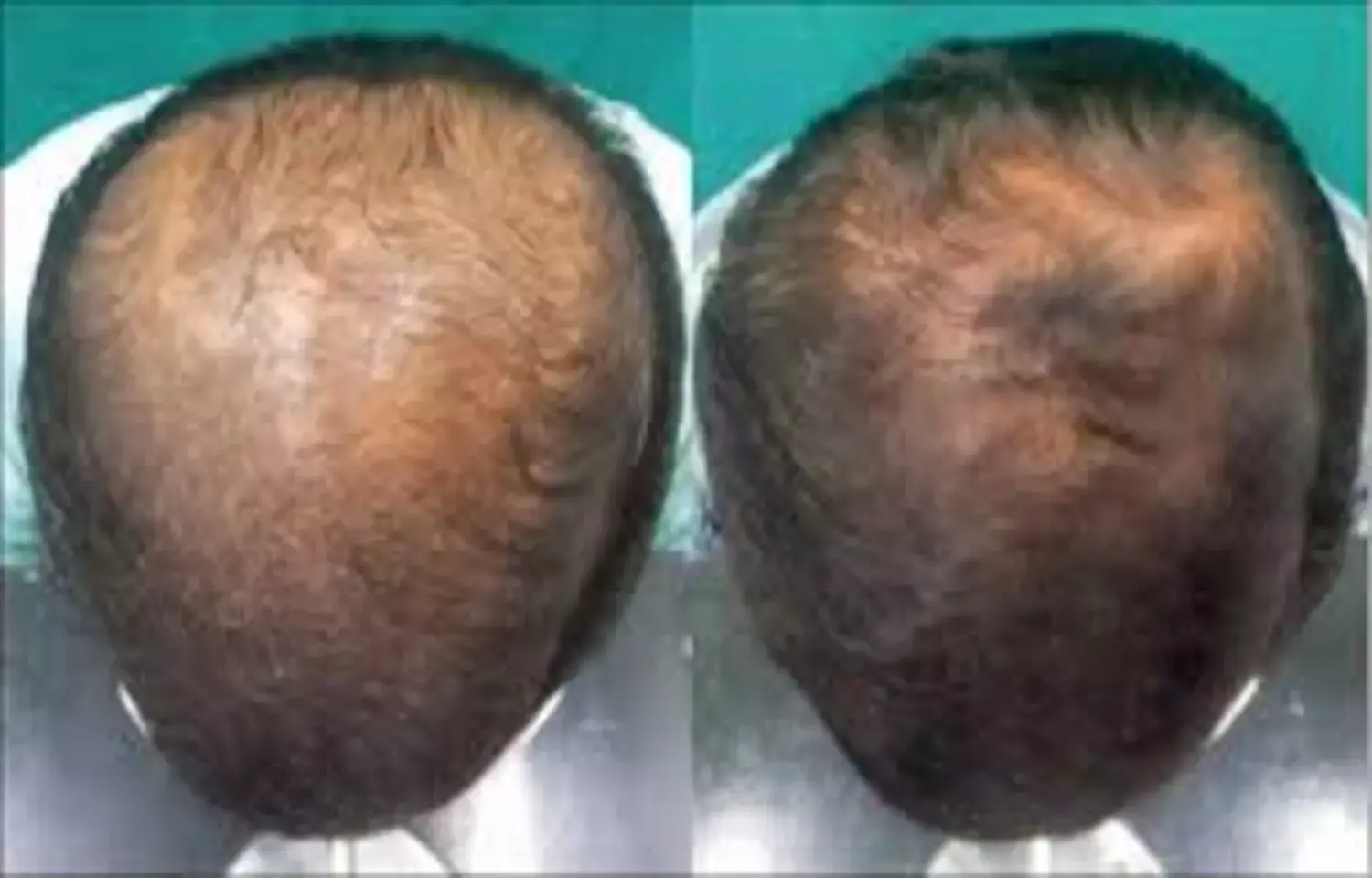- Home
- Medical news & Guidelines
- Anesthesiology
- Cardiology and CTVS
- Critical Care
- Dentistry
- Dermatology
- Diabetes and Endocrinology
- ENT
- Gastroenterology
- Medicine
- Nephrology
- Neurology
- Obstretics-Gynaecology
- Oncology
- Ophthalmology
- Orthopaedics
- Pediatrics-Neonatology
- Psychiatry
- Pulmonology
- Radiology
- Surgery
- Urology
- Laboratory Medicine
- Diet
- Nursing
- Paramedical
- Physiotherapy
- Health news
- Fact Check
- Bone Health Fact Check
- Brain Health Fact Check
- Cancer Related Fact Check
- Child Care Fact Check
- Dental and oral health fact check
- Diabetes and metabolic health fact check
- Diet and Nutrition Fact Check
- Eye and ENT Care Fact Check
- Fitness fact check
- Gut health fact check
- Heart health fact check
- Kidney health fact check
- Medical education fact check
- Men's health fact check
- Respiratory fact check
- Skin and hair care fact check
- Vaccine and Immunization fact check
- Women's health fact check
- AYUSH
- State News
- Andaman and Nicobar Islands
- Andhra Pradesh
- Arunachal Pradesh
- Assam
- Bihar
- Chandigarh
- Chattisgarh
- Dadra and Nagar Haveli
- Daman and Diu
- Delhi
- Goa
- Gujarat
- Haryana
- Himachal Pradesh
- Jammu & Kashmir
- Jharkhand
- Karnataka
- Kerala
- Ladakh
- Lakshadweep
- Madhya Pradesh
- Maharashtra
- Manipur
- Meghalaya
- Mizoram
- Nagaland
- Odisha
- Puducherry
- Punjab
- Rajasthan
- Sikkim
- Tamil Nadu
- Telangana
- Tripura
- Uttar Pradesh
- Uttrakhand
- West Bengal
- Medical Education
- Industry
Thrice-Weekly Dutasteride Shows Greater Hair Density Gains but No Superiority Over Finasteride in Hair Count: Study

A new study published in JAAD International (2025) by Chia-Chun Yang and colleagues explored the effects of different dutasteride dosing regimens for male androgenetic alopecia and compared them with standard finasteride therapy. The findings revealed that both twice-weekly and thrice-weekly dutasteride treatments significantly improved hair growth and were well-tolerated by patients. Interestingly, while the thrice-weekly regimen achieved noticeably better results in terms of hair density and strand thickness, it did not outperform daily finasteride 1 mg in total hair count, suggesting that while dutasteride may enhance hair quality, its advantage in quantity may be limited.
The study examined various dosing schedules to assess whether less frequent dutasteride administration could maintain efficacy while minimizing side effects. Researchers observed that patients receiving the thrice-weekly regimen showed marked improvement in hair coverage and fullness, reflecting dutasteride’s stronger suppression of both type I and type II 5α-reductase enzymes compared to finasteride, which only targets type II. Despite these advantages, the total number of new hairs gained was comparable between thrice-weekly dutasteride and daily finasteride users. This suggests that the higher biochemical potency of dutasteride may translate more to visible texture and density improvements rather than increased follicle numbers.
From a clinical perspective, these results add valuable insights into optimizing hair loss treatments for men seeking effective and convenient dosing options. Patients concerned about side effects associated with daily medication might benefit from lower-frequency dutasteride regimens, which still deliver meaningful cosmetic results. The authors emphasized the importance of individualized therapy, noting that factors such as baseline hair loss severity, hormonal response, and tolerance should guide treatment decisions. The study reinforces that both finasteride and dutasteride remain cornerstone therapies for androgenetic alopecia, but dosing flexibility with dutasteride could offer patients more options for balancing efficacy and comfort.
Keywords: dutasteride, finasteride, androgenetic alopecia, hair loss, hair density, 5α-reductase inhibitors, male pattern baldness
Reference:
Yang, C.-C., Lee, S.-H., Chen, W.-C., & Chang, C.-H. (2025). Comparison of twice-weekly and thrice-weekly dutasteride with daily finasteride for male androgenetic alopecia: A randomized clinical trial. JAAD International, 15, 102–111. https://doi.org/10.1016/j.jdin.2025.10.1014
Dr. Shravani Dali has completed her BDS from Pravara institute of medical sciences, loni. Following which she extensively worked in the healthcare sector for 2+ years. She has been actively involved in writing blogs in field of health and wellness. Currently she is pursuing her Masters of public health-health administration from Tata institute of social sciences. She can be contacted at editorial@medicaldialogues.in.


